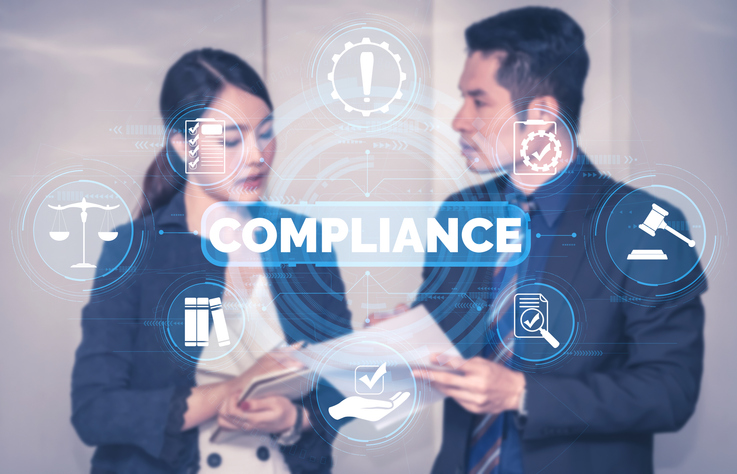Money laundering is a critical issue in financial compliance, allowing criminals to disguise illegally obtained funds as legitimate income. Businesses, especially those in finance and trade, must be aware of the stages of money laundering to mitigate risks and ensure regulatory compliance. Understanding these stages helps organizations implement anti-money laundering (AML) policies, enhance compliance training, and prevent illicit financial activities.
The Three Stages of Money Laundering
Money laundering occurs in three distinct stages: placement, layering, and integration. Each stage plays a crucial role in disguising the origin of illicit funds.
1. Placement
The placement stage is the initial step in the money laundering process, where illicit funds enter the financial system. This can be done through:
- Depositing large amounts of cash into banks
- Purchasing assets such as real estate or luxury goods
- Using smurfing (structuring transactions to avoid detection)
- Engaging in trade-based money laundering (over- or under-invoicing goods and services)
Financial institutions must employ customer due diligence (CDD) and know your customer (KYC) protocols to detect suspicious transactions.
2. Layering
The layering stage involves obscuring the origin of illicit funds by moving them through a complex series of transactions. Criminals achieve this by:
- Transferring money between multiple accounts
- Using offshore accounts or shell companies
- Converting cash into cryptocurrencies
- Engaging in high-volume, low-value transactions to evade detection
This stage is designed to make tracing the illicit funds difficult, emphasizing the need for AML compliance programs that monitor unusual transaction patterns.
3. Integration
The integration stage is the final step, where laundered money is reintroduced into the legitimate economy. Common methods include:
- Investing in businesses or financial instruments
- Purchasing legal assets such as stocks or bonds
- Making charitable donations to legitimate organizations
Once funds reach this stage, they appear legally sourced, making it difficult for authorities to trace them back to criminal activity.
Why Understanding Money Laundering Stages is Crucial for Businesses
Companies must recognize the stages of money laundering to implement effective AML policies, conduct risk assessments, and comply with global financial regulations such as the Bank Secrecy Act (BSA) and the Financial Action Task Force (FATF) guidelines. Failure to comply with these regulations can result in severe penalties, reputational damage, and legal consequences.
Strengthening AML Compliance with Training
Employers should provide AML compliance training to employees, ensuring they can identify and report suspicious activities. Workplace ethics training and compliance best practices help reinforce an organization’s commitment to preventing financial crimes.
By understanding the stages of money laundering, businesses can better detect illicit activities, protect their financial integrity, and uphold regulatory compliance. Investing in robust AML measures is not just a legal necessity—it’s a critical component of ethical business operations.








